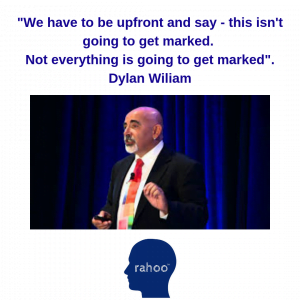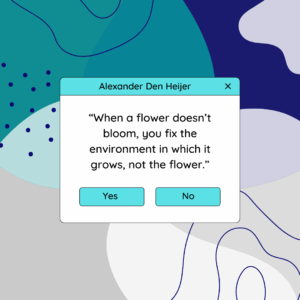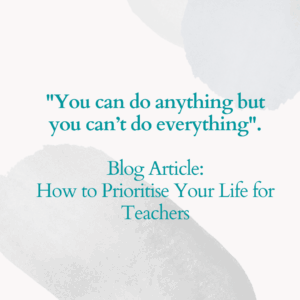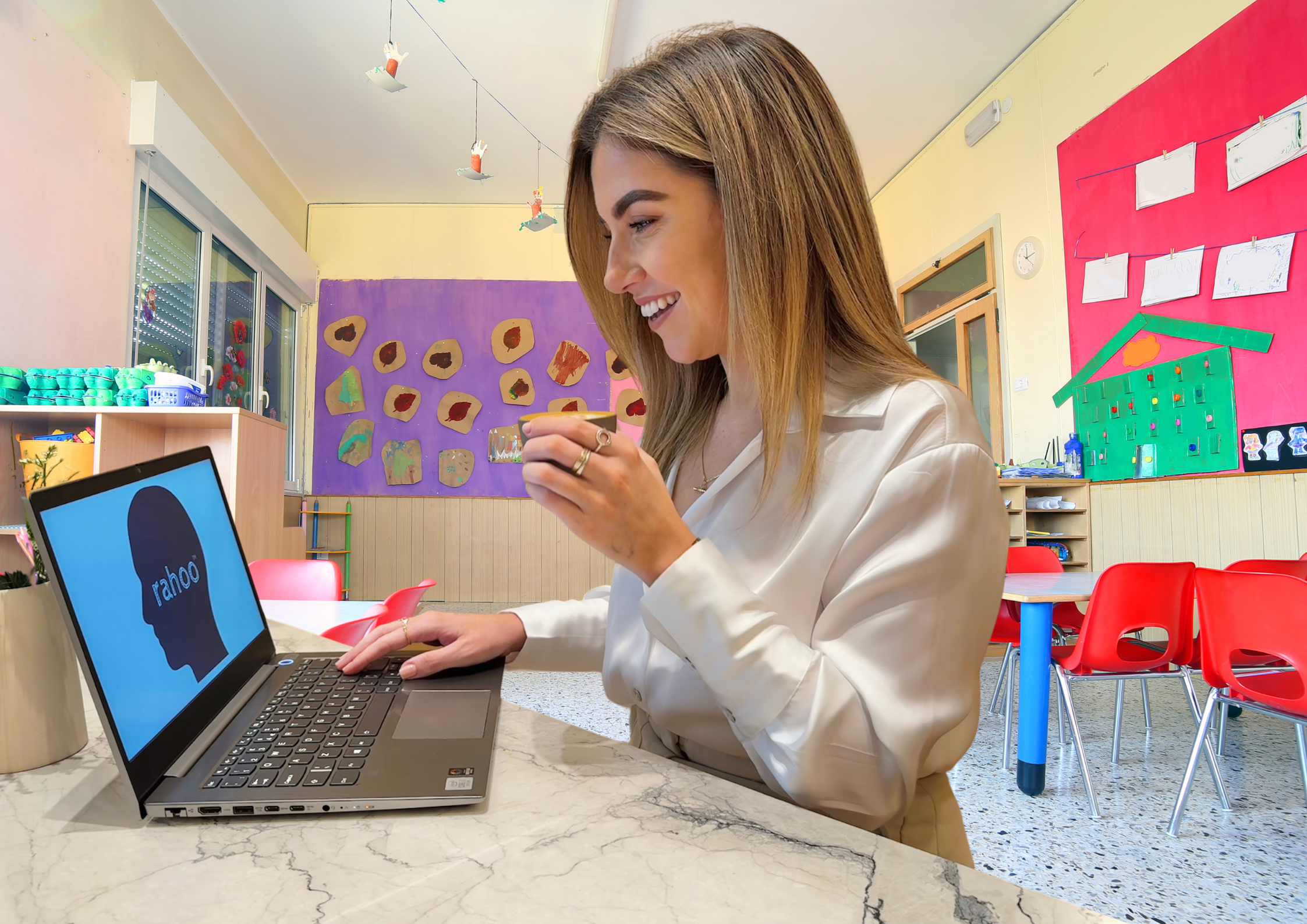Back to School: Why Preparation Matters
The first few weeks of a new school year are some of the most important. They set the tone for the rest of the term—for both teachers and students. A strong start means smoother routines, calmer classrooms, and better outcomes for everyone.
But back to school can also feel overwhelming. Between setting up classrooms, learning new names, reading reports, attending staff meetings, and planning lessons, teachers often find themselves under pressure before classes even begin.
That’s why we’ve gathered these 10 back to school tips for teachers. They focus on classroom management, organisation, teacher wellbeing, and inclusive teaching strategies—all essential for a successful year ahead.
1. Expect the Unexpected in the Classroom
Flexibility is one of the most valuable skills a teacher can develop. No matter how carefully you plan, things can change quickly. Timetables shift, lessons get interrupted, or a new student joins your class with little notice.
One NQT (Newly Qualified Teacher) shared in 3 Things Teachers Should Know Before They Start Teaching how they had to welcome a new student mid-lesson—without even speaking the same language. By staying calm and using quick tools like Google Translate, they turned a stressful situation into a learning opportunity.
💡 Teacher Tip: Always have a “plan B” activity—something simple, engaging, and low-prep that can be used when lessons don’t go to plan. Think silent reading, paired discussion tasks, or a quiz game.
2. Collaborate on Lesson Planning
You don’t need to reinvent the wheel. Teaching is much easier when it’s collaborative. Many schools encourage teachers at the same class level or subject to plan together—and for good reason.
By dividing up topics, sharing resources, and bouncing ideas off each other, you save time and ensure a higher quality of teaching. Collaboration also creates consistency for students across different classrooms.
As highlighted in Subbing in Ireland – Top 10 Tips, connecting with other teachers also provides invaluable professional support, especially if you’re new to a school.
💡 Teacher Tip: Use shared digital folders (Google Drive, OneDrive) to store lesson plans and resources. That way, you can access them anytime, anywhere.
3. Mark Smarter, Not Harder
Marking can quickly consume evenings and weekends if you let it. The good news? You don’t have to grade everything in detail.
Instead, focus on giving targeted, meaningful feedback that supports learning. For example, the “two stars and a wish” method—two things the student did well and one area to improve—encourages progress without draining your energy.
This approach was reinforced in Work Smarter, Be Happier: 5 Strategies for Teachers, which emphasises reducing unnecessary workload in favour of high-impact practices.
💡 Teacher Tip: Rotate the type of work you provide feedback on. For instance, mark one subject in detail each week while giving quicker checks for others.

4. Organise Your Classroom for Success
A well-organised classroom saves time, reduces stress, and helps students feel secure. Whether you’re teaching junior infants or Leaving Cert classes, structure matters.
The blog SET Classroom: 5 Tips to Set Up for Success recommends colour-coding materials, keeping running records on clipboards, and using magazine files for folders. These simple systems make it easier to stay on top of paperwork and daily routines.
💡 Teacher Tip: Create a “substitute teacher box” with extra worksheets, class lists, and emergency lesson ideas. That way, if you’re unexpectedly out, your substitute is ready to step in.
5. Connect with SEN and SET Colleagues
Teaching is a team effort, and nowhere is this clearer than in supporting students with additional needs. Your SEN (Special Educational Needs) and SET (Special Education Teaching) colleagues are vital allies.
As shared in Creating an Inclusive Classroom with Tech: 5 Practical Tips, collaboration ensures that all students get the support they need to thrive. Regular check-ins with SEN staff also help teachers adjust strategies and keep Individual Education Plans (IEPs) up to date.
💡 Teacher Tip: Schedule short, regular chats with your SET team—even 10 minutes a week makes a huge difference.
6. Write Simple, Measurable Support Plans
When supporting students with additional needs, clarity is everything. Goals should be specific, measurable, and achievable.
For example:
-
“Build finger strength to button coat and open lunchbox.”
-
“Recall 3–5 items in sequence using memory tasks.”
These kinds of clear, practical targets were highlighted in SET Classroom: 5 Tips to Set Up for Success.
💡 Teacher Tip: Keep plans short and actionable. Focus on one or two key priorities at a time to avoid overwhelm—for you and the student.
7. Get to Know Your Students Beyond Reports
Reports can be helpful, but they never tell the full story. Taking time to know your students as individuals builds trust and improves classroom relationships.
This was a recurring theme in 3 Things Teachers Should Know Before They Start Teaching, which reminds us that students are more than data on a page.
💡 Teacher Tip: Start the year with “getting to know you” activities like “Two Truths and a Lie” or “All About Me” worksheets.

8. Use Technology for an Inclusive Classroom
Technology is a powerful tool for inclusion. From captioned videos to translation apps and interactive learning platforms, digital tools can help every student access the curriculum.
The blog Top 5 Tech Tips for a More Inclusive Classroom shares practical ways teachers can use tech to make learning more engaging and accessible.
💡 Teacher Tip: Don’t try to use every new tool at once. Pick one or two apps or platforms and integrate them well.
9. Invest in CPD for Teachers
Back to school is the perfect time to set professional development goals. Whether it’s improving classroom management, learning about inclusion, or exploring new teaching strategies, CPD (Continuing Professional Development) is an investment in your career.
💡 Teacher Tip: Choose CPD that is practical and directly relevant to your teaching. That way, you can apply what you learn immediately.
10. Prioritise Teacher Wellbeing
Perhaps the most important tip of all: look after yourself. Teaching is rewarding but demanding, and teacher burnout is real.
The blog Work Smarter, Be Happier: 5 Strategies for Teachers highlights the importance of boundaries, balance, and self-care. A healthy teacher creates a healthier classroom.
💡 Teacher Tip: Establish routines that protect your wellbeing—like leaving school at a set time, practicing mindfulness, or scheduling non-negotiable downtime.

Final Thoughts on Back to School Success
Starting a new school year can feel like a mountain to climb, but with the right strategies, it’s manageable—and even exciting. From classroom organisation and collaborative planning to teacher wellbeing and inclusive practices, these 10 back to school tips for teachers will help you thrive.
For more practical guidance, check out Rahoo’s blog and explore CPD courses for teachers in Ireland—designed to help you work smarter, teach better, and feel more confident in your role.




